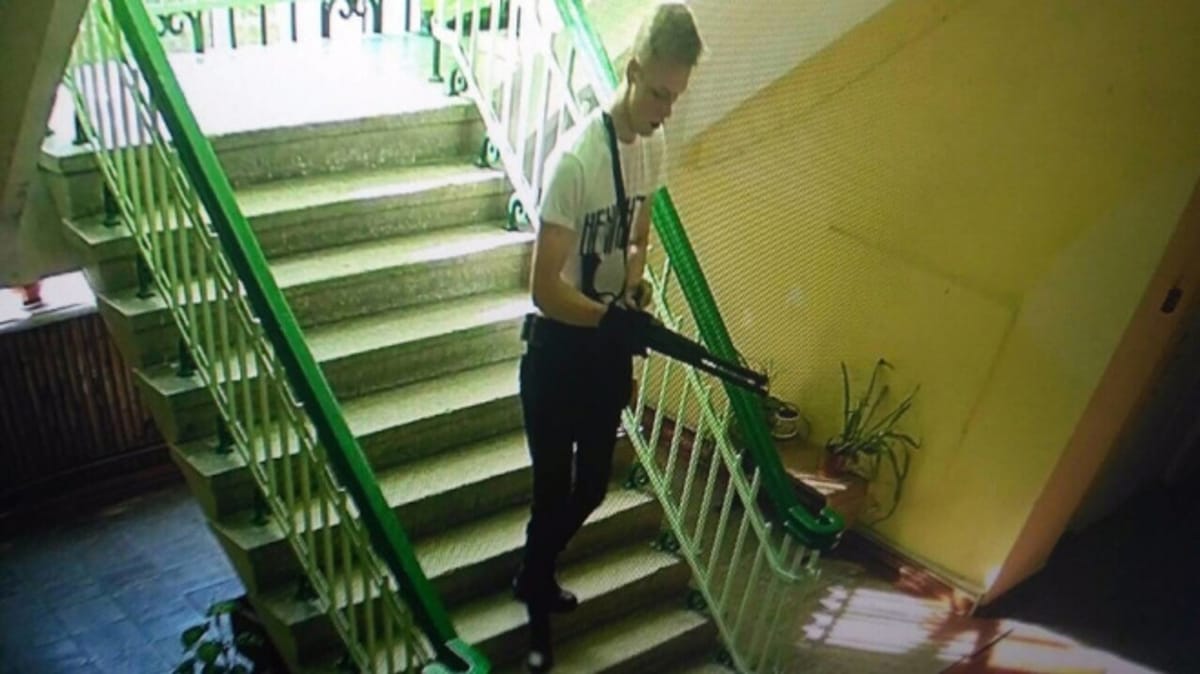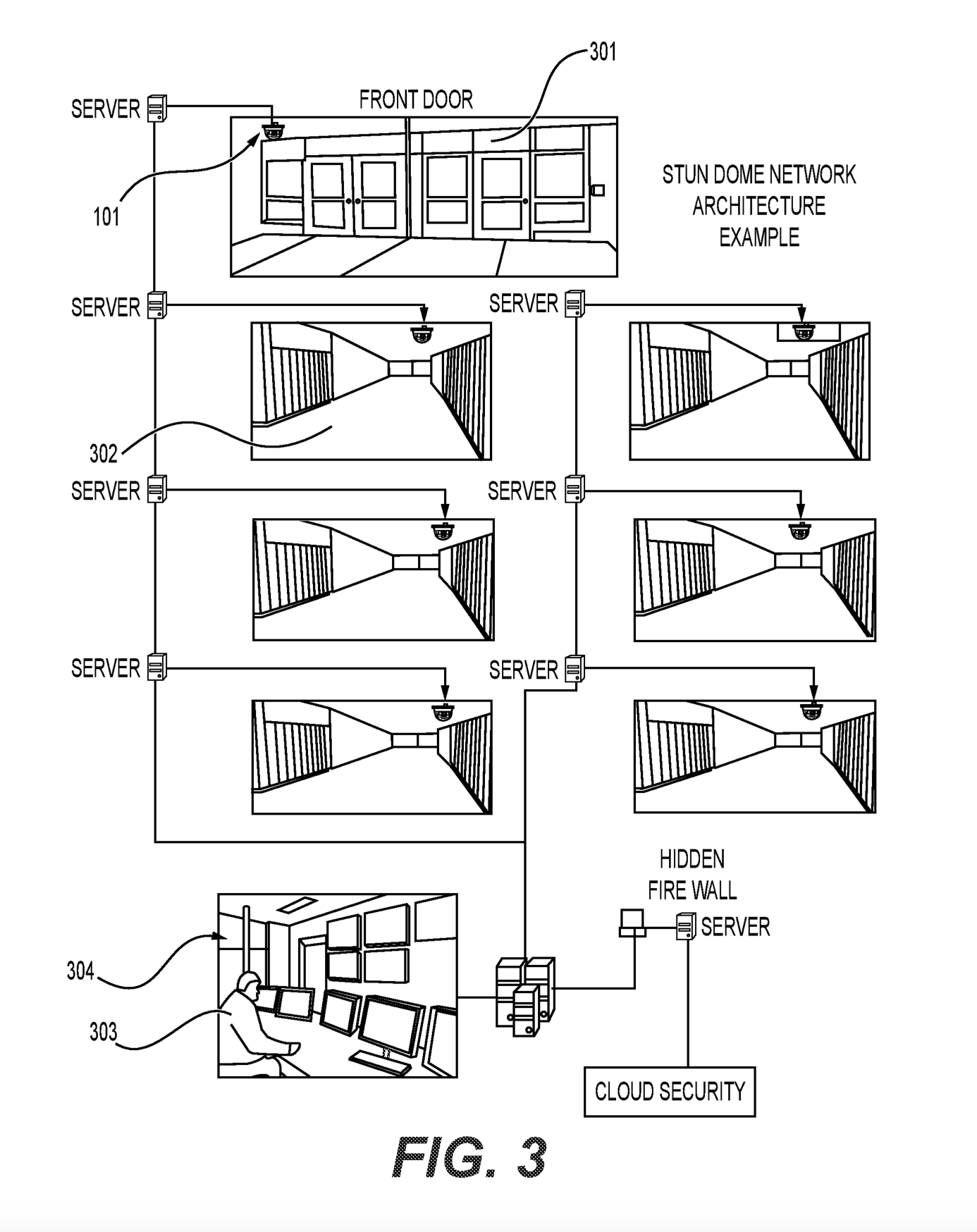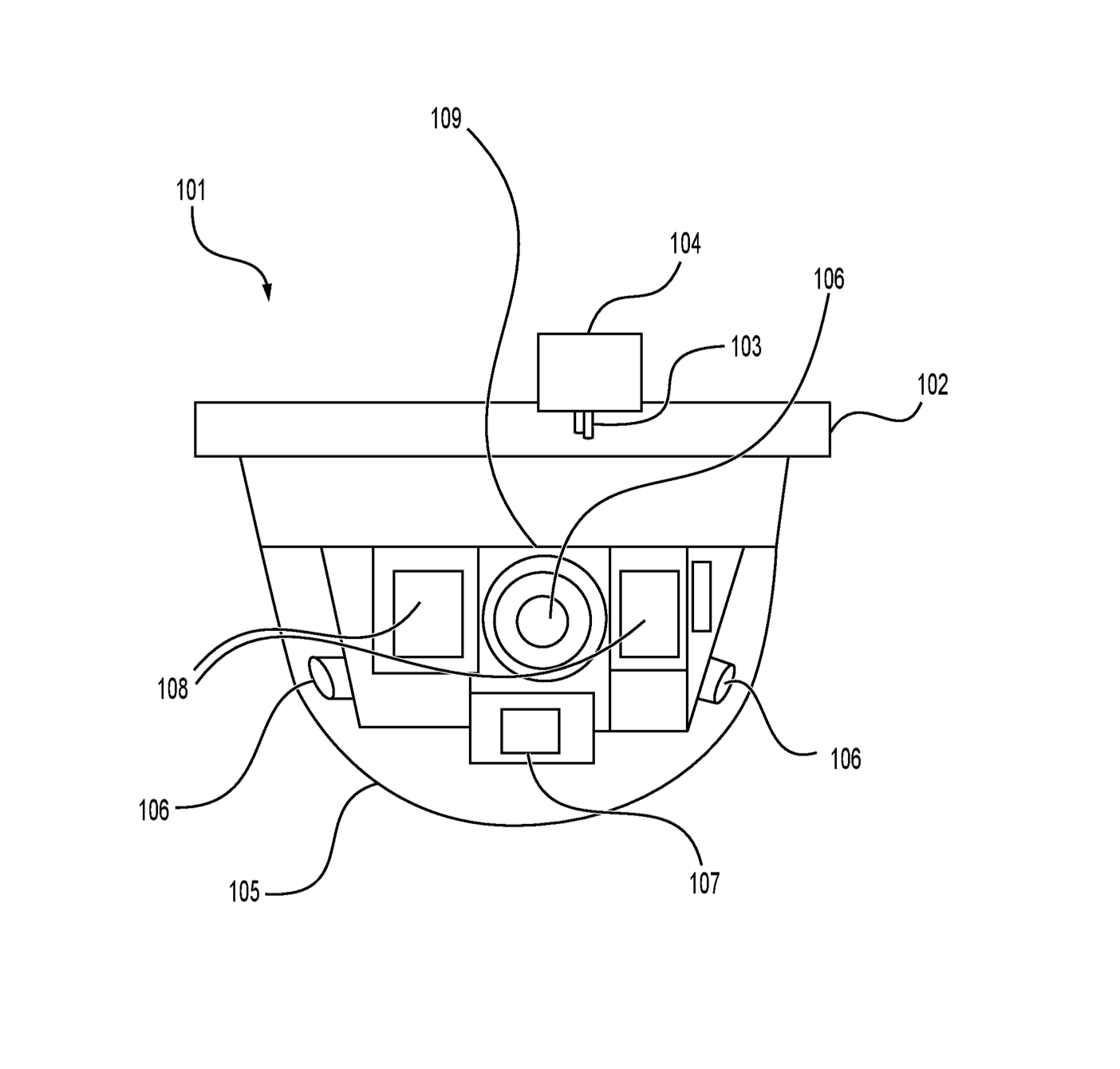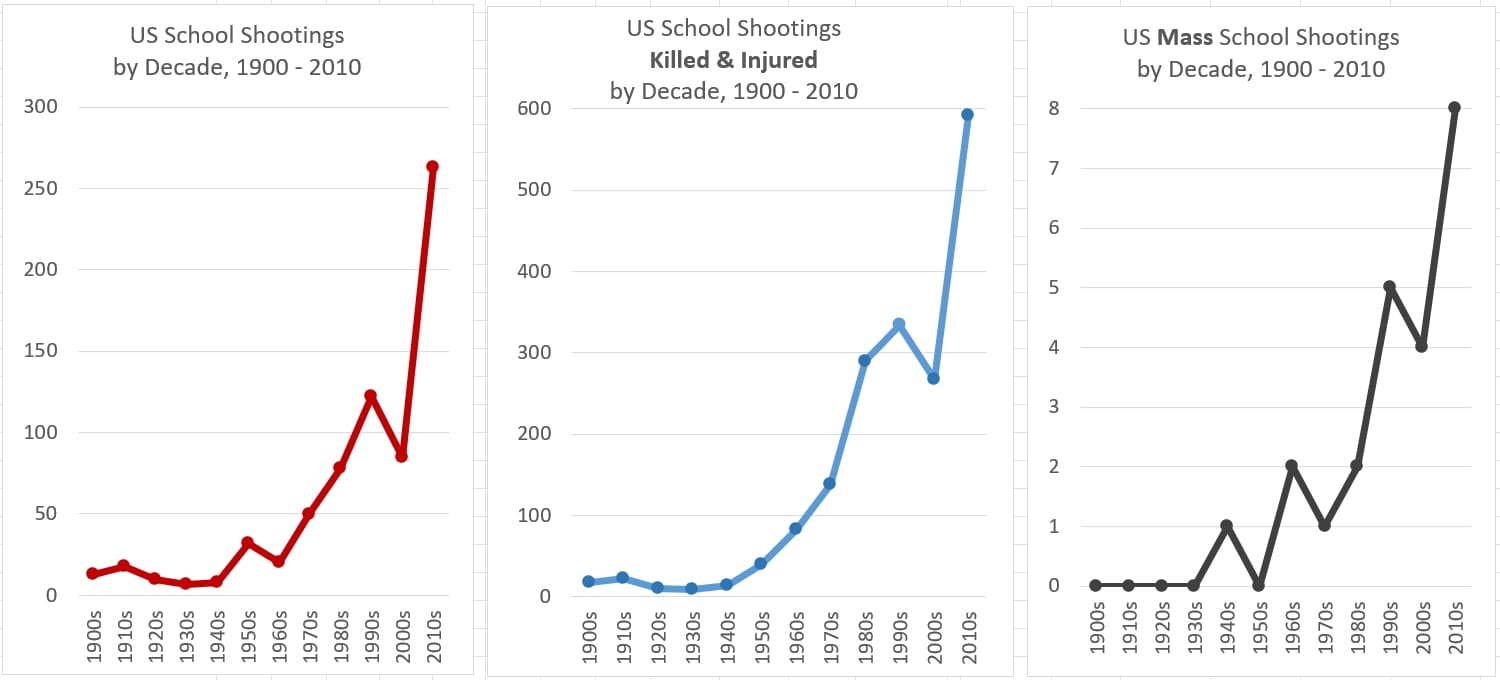US Navy creates school shooter "incapacitation system"
Defence tech knocks out marauding gunmen with electric shocks or tranquiliser darts, giving police a chance to race to the scene.

The US Navy has been granted a patent for a system capable of immobilising school shooters by blasting them with a high-voltage electrical shock.
Machine has dug out the filing protecting an "active shooter monitoring and incapacitation system" designed to stop marauding gunmen.
It is designed to "augment active security forces control" during emergencies at schools, churches, military, and government institutions - which often take place frighteningly quickly and result in mass casualties.
The system is designed to deal with a gunman immediately, reducing the number of fatalities and serving as a first line of defence until armed police can arrive.
"According to the Department of Homeland Security, an active shooter is an individual actively engaged in killing or attempting to kill people in a confined and populated area," the US Navy wrote in its patent.
"In most cases, active shooters use firearms and have no pattern or method to their selection of victims. Most incidents occur at locations in which the active shooters find little impediment in committing their attack."

Protecting schools and other non-military locations from shooters is notoriously difficult because teachers do not carry guns, and police simply cannot rush to the scene in time to take down the attackers.
"Such locations are generally described as soft targets, as they carry limited security measures to protect members of the public," the Navy continued.
"Active shooter situations are unpredictable and evolve quickly. Typically, the immediate deployment of law enforcement is required to stop the shooting and mitigate harm to victims. Active shooter situations are often over within 10 to 15 minutes, which is often before law enforcement can arrive on the scene."
The system includes one or more cameras that are controlled remotely. When a hostile person is located, a warning system is triggered to alert people nearby and give them a chance to evacuate.

A warning is then broadcast over speakers to the shooter, requesting he "cease his activities".
If they don't heed the warning, stun guns blast the gunman with "a large electric shock, thereby incapacitating the person until the authorities arrive."
A second blast can then be used if they do not fall down, or have an accomplice with them.
The system could also fire tranquiliser darts, although this weapon is only recommended for "nonhuman applications" - which presumably means animals on the loose.

Technology designed to prevent and respond to active shooter incidents has been largely defensive, focused on monitoring, early warning systems, rapid response measures and bulletproof safe rooms for children to hide inside.
In December 2024, Rick Sinclair, a 73-year-old businessman in Metairie, Louisiana, demonstrated the Bopper Defense System, which resembles a grenade launcher and fires darts made of fly ash - a byproduct of burning coal.
“It’s going to break a rib," the inventor explained. "If it hits him in the head, it’s going to render him either unconscious or at least dizzy. It’s going to concuss him, but it’s not going to kill him."
Like the active shooter monitoring and incapacitation system, the goal is to takme down a shooter until the police can arrive.
The US Navy patent is numbered 12181254. It was applied for in 2022 and granted in December 2024. Look up on USPTO here.
Have you got a story or insights to share? Get in touch and let us know.




